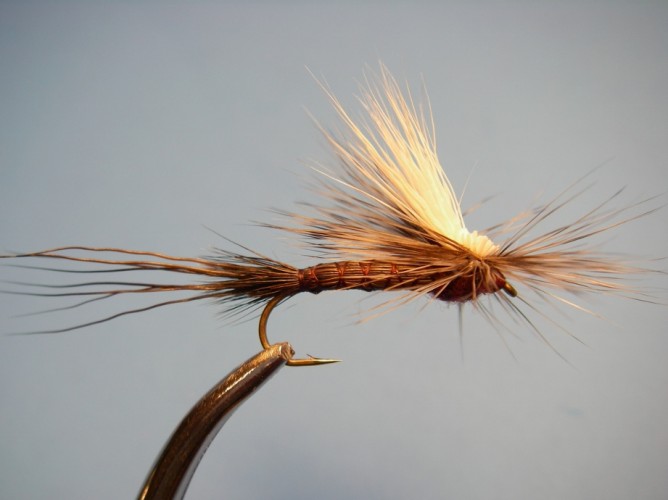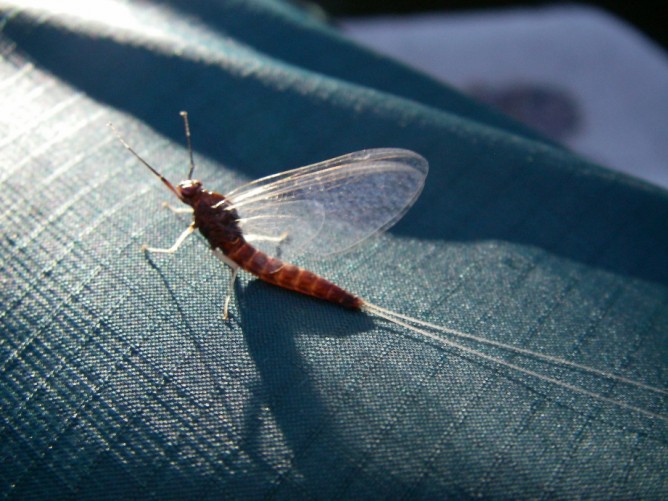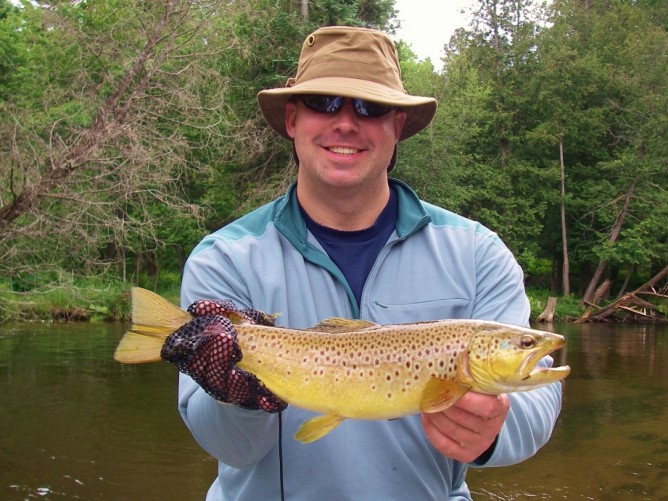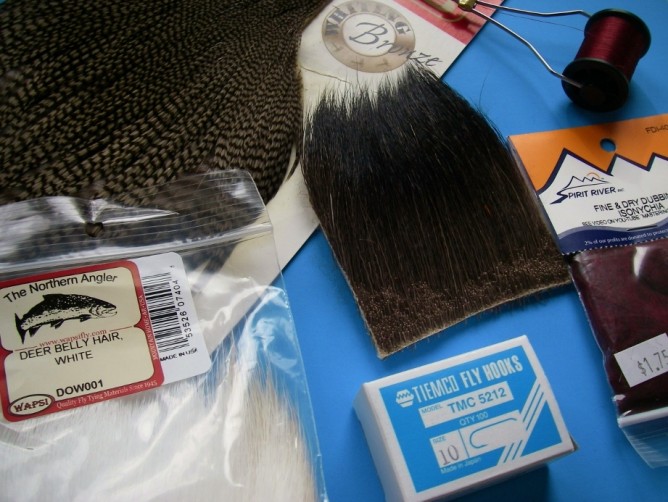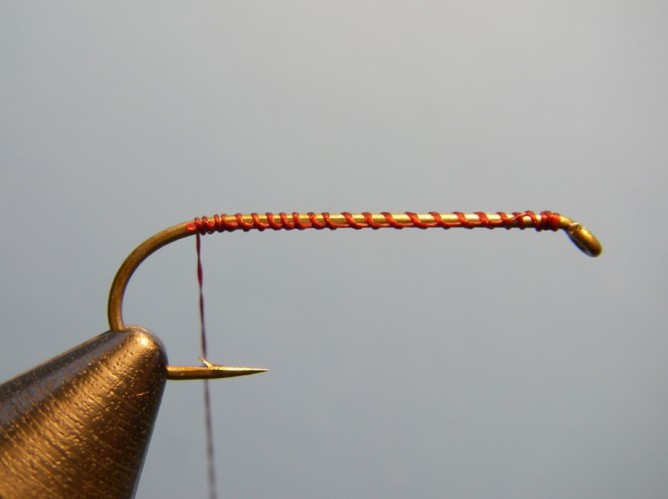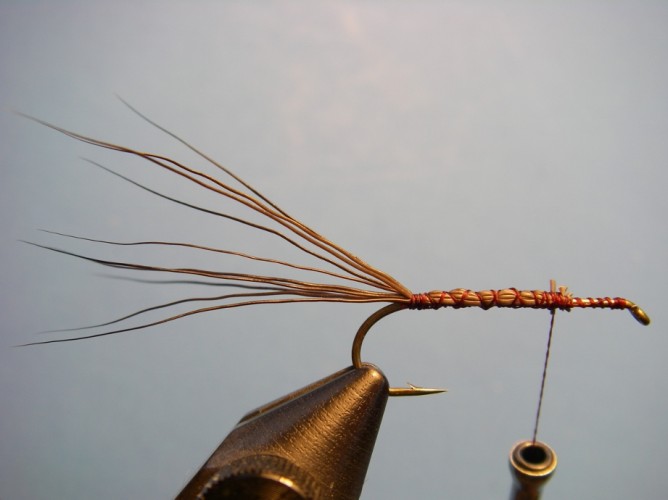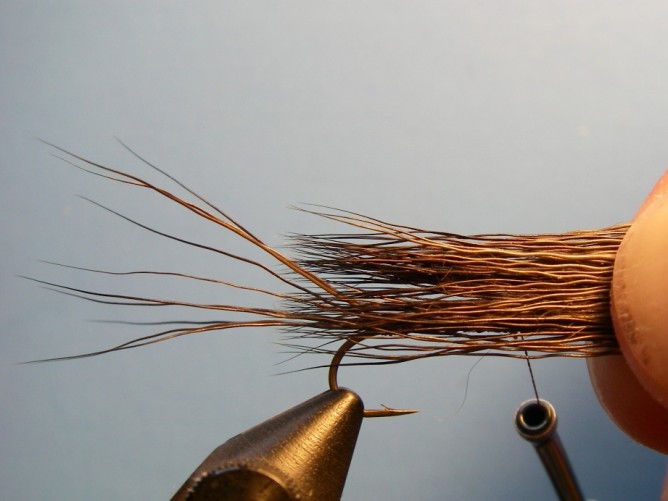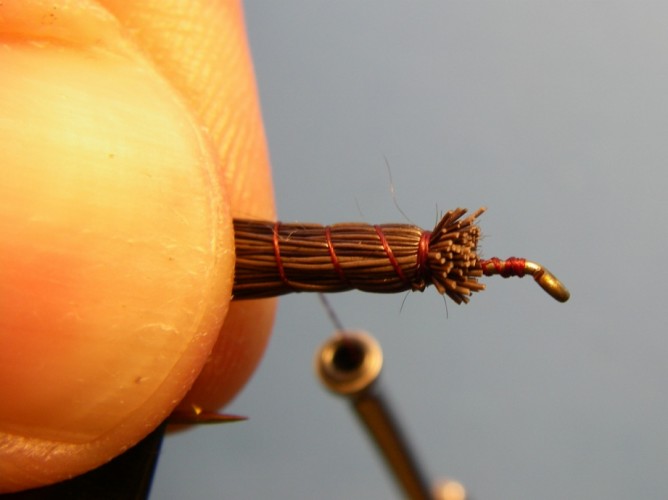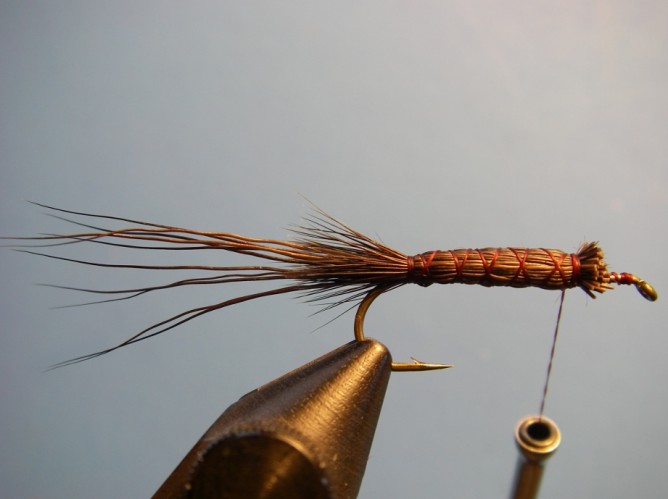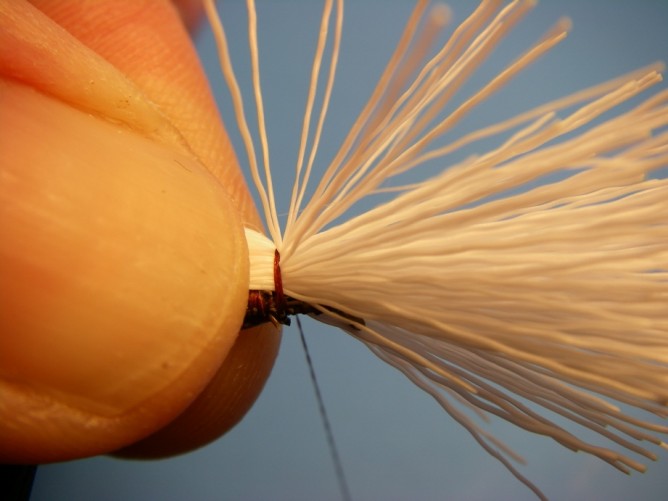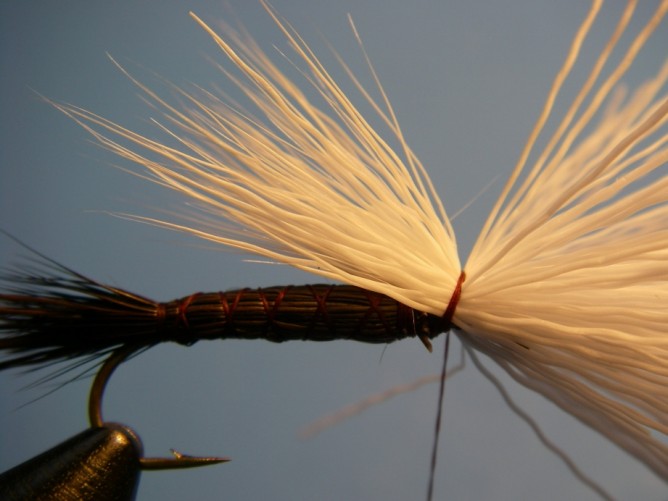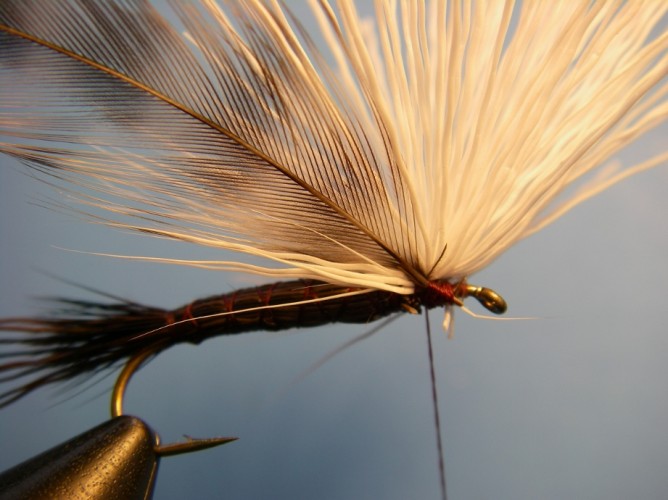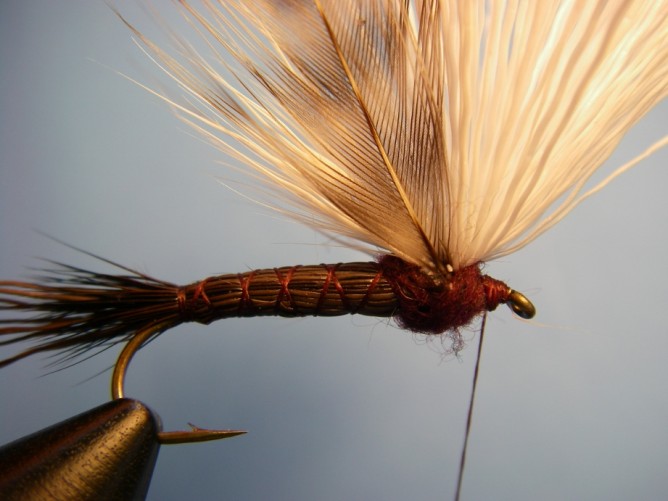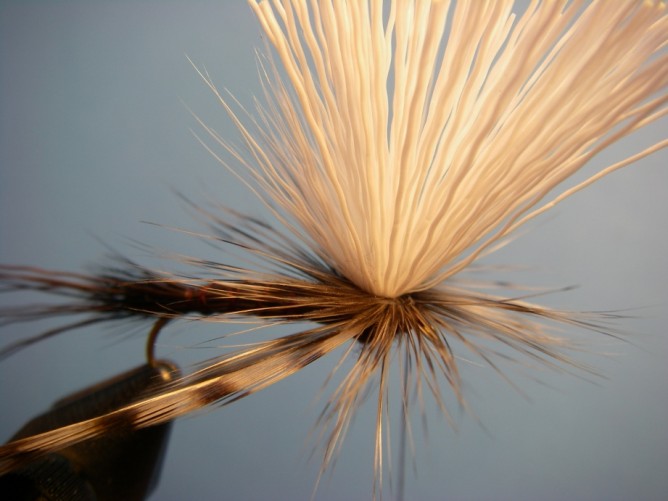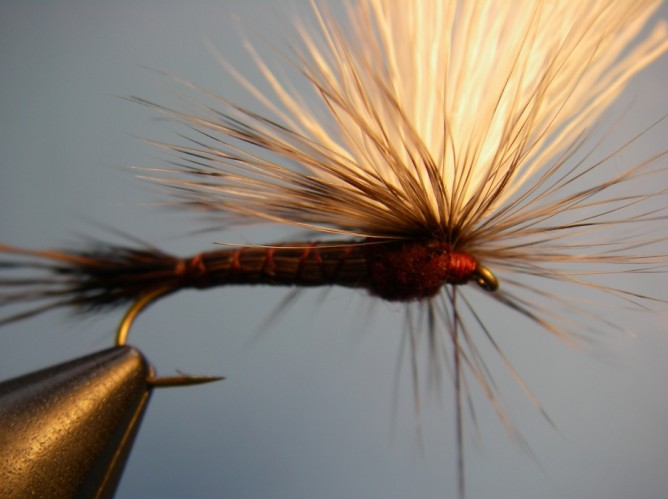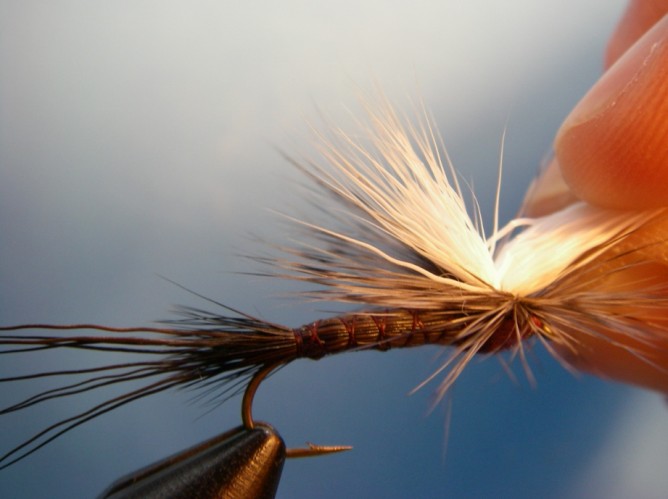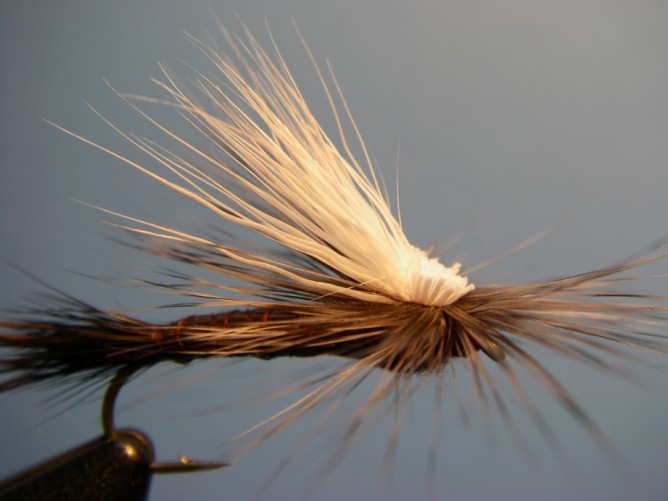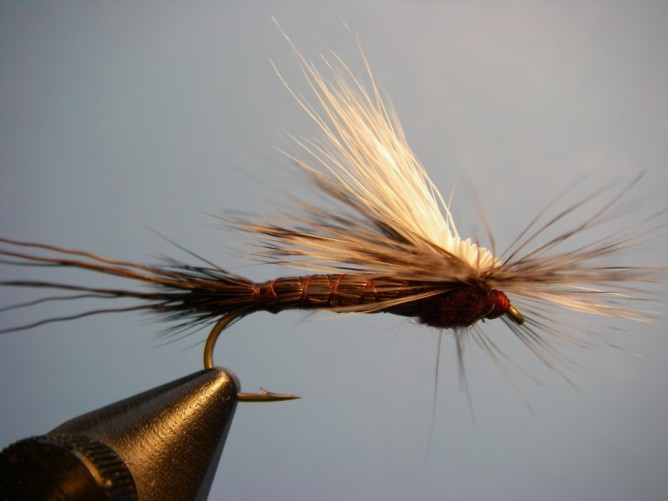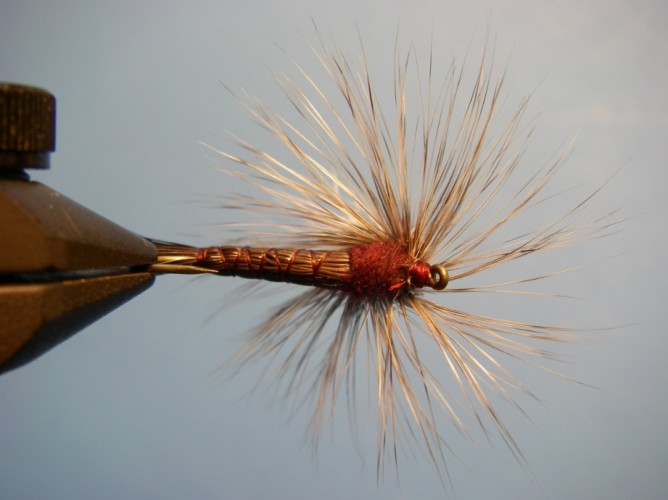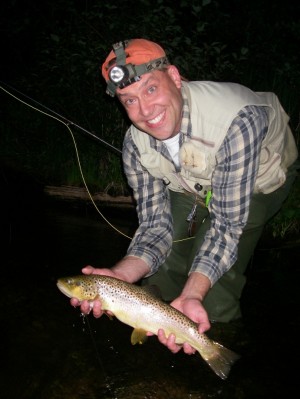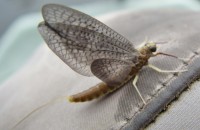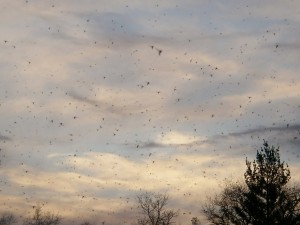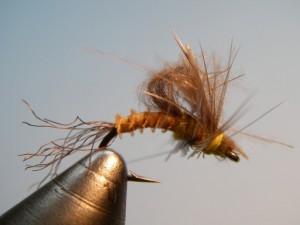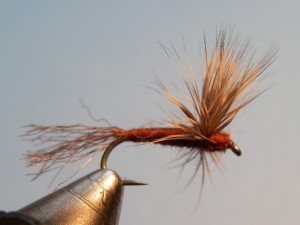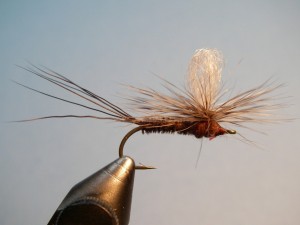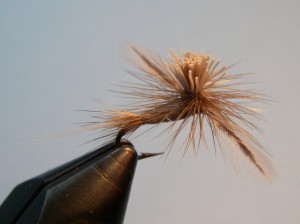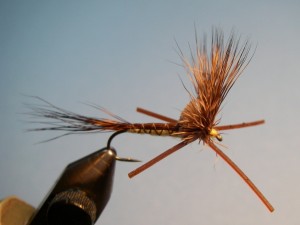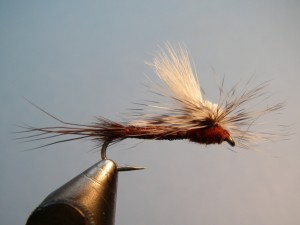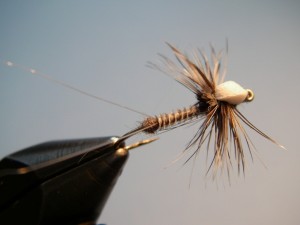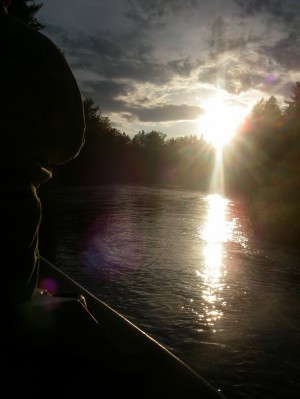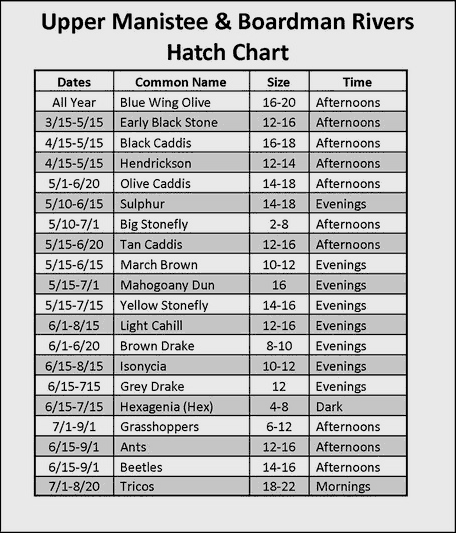Not a whole lot has changed with regards to fly fishing the Traverse City region over the past week. Trout, Carp, Bass and Bluegill are some of the choices anglers have in respect to what to fish for and what body of water – it’s nice to have options.
Trout fishing hasn’t been as good as it usually is for this time of year on the Manistee. Typically there are great evening hatches and eager to please trout but I think (and admittedly I’m no entomologist) the cool evenings and often breezy conditions are keeping bugs from emerging and the spinners from falling that last hour of day light. With the bright, cloudless skies the fishing has been tougher than normal for both the dry fly and streamer angler, but with a warmer forecast, the bugs should get back on schedule and on the water’s surface in better numbers. Bugs that have been witnessed lately includes: sulphurs, Light Cahills, March Browns, Mahoganies, Isonychias, little yellow sally stones, and a few brown drakes. The same is true on the Boardman with a few Gray Drakes spinners collecting in the evenings; the river is running cooler with the removal of Brown Bridge Dam . If you see a warm, cloudy day – get to the nearest river with your rod in hand.
After being spoiled the last few years with early hatches, it seems that the bug cycles are a little more in line of “the old days”. On the Manistee, it wasn’t uncommon to celebrate the 4th of July on the river with Hex bugs – it looks like the Hex will start much later this year than the previous years. I never thought I would say this, but bring on the heat – it appears that with summer starting Friday, we will start to get some summer temperatures and in time – the big bugs.
Carp fishing has improved this past week with more fish in the shallow flats on both East and West Grand Traverse Bay. Crayfish and hex patterns have been the most reliable for the ‘golden bone’ angler but other days they require a lot of fly changes. Spawning has kicked in pretty good in some of the flats as the fish congregate in large “balls” and come in pretty shallow making them great targets for the wading angler. Smallmouth bass are still around and playing along nicely – baitfish patterns have been working well.
Bluegill continue to be a lot of fun on the local lakes. Some big fish are still in shallow eating everything from dries and micro poppers to small nymphs and streamers. Flat, calm water is the best for fishing on top as it’s tough to beat watching a big “bull-gill” porpoise on a fly. The bass fishing remains active in lakes – mostly for largemouth, and will only get better as July and August get here offering great top-water fishing.
Good luck,
Ted
Open June dates: 30th
The Summer Newsletter just went out – Click here to read and/or sign up for future delivery
Trout Fishing – Evening hatches should transition to morning trico s and terrestrial fishing as July sets in.
Bluegill & Bass – Lake fishing for both species is a great way to spend some time on the water over summer.
Fall Steelhead – Its not too early to start thinking about fall’s best fishing fish. Late Sept. – Nov.

